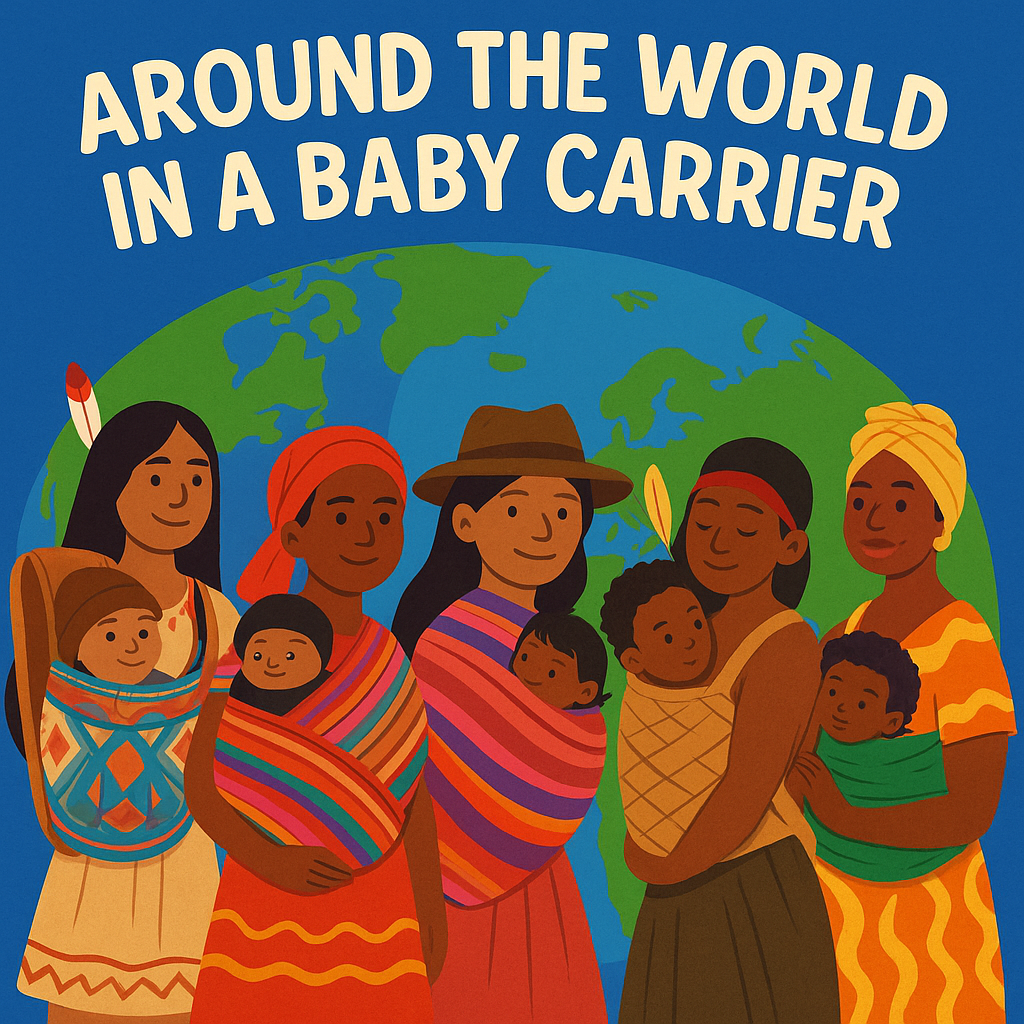
Around The World In A Baby Carrier
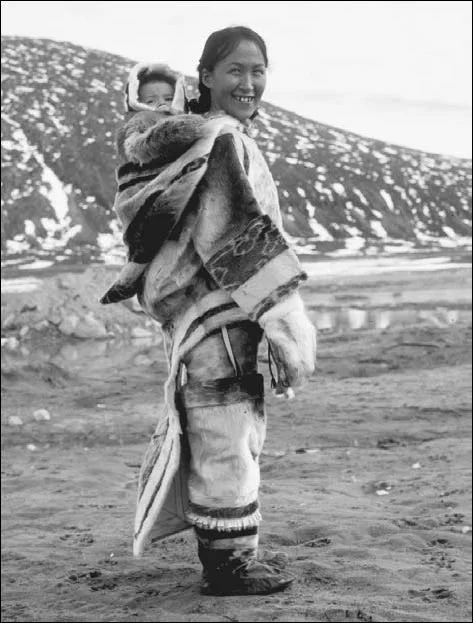
North America: Cradleboards, Parkas, and Prairie Songs
Across North America, countless First Nations and Native American communities have carried their babies in carefully crafted cradleboards — each one an expression of place, family, and spirit. While styles and materials vary greatly, all share a common purpose: keeping the baby close, safe, and included in community life from the very beginning.
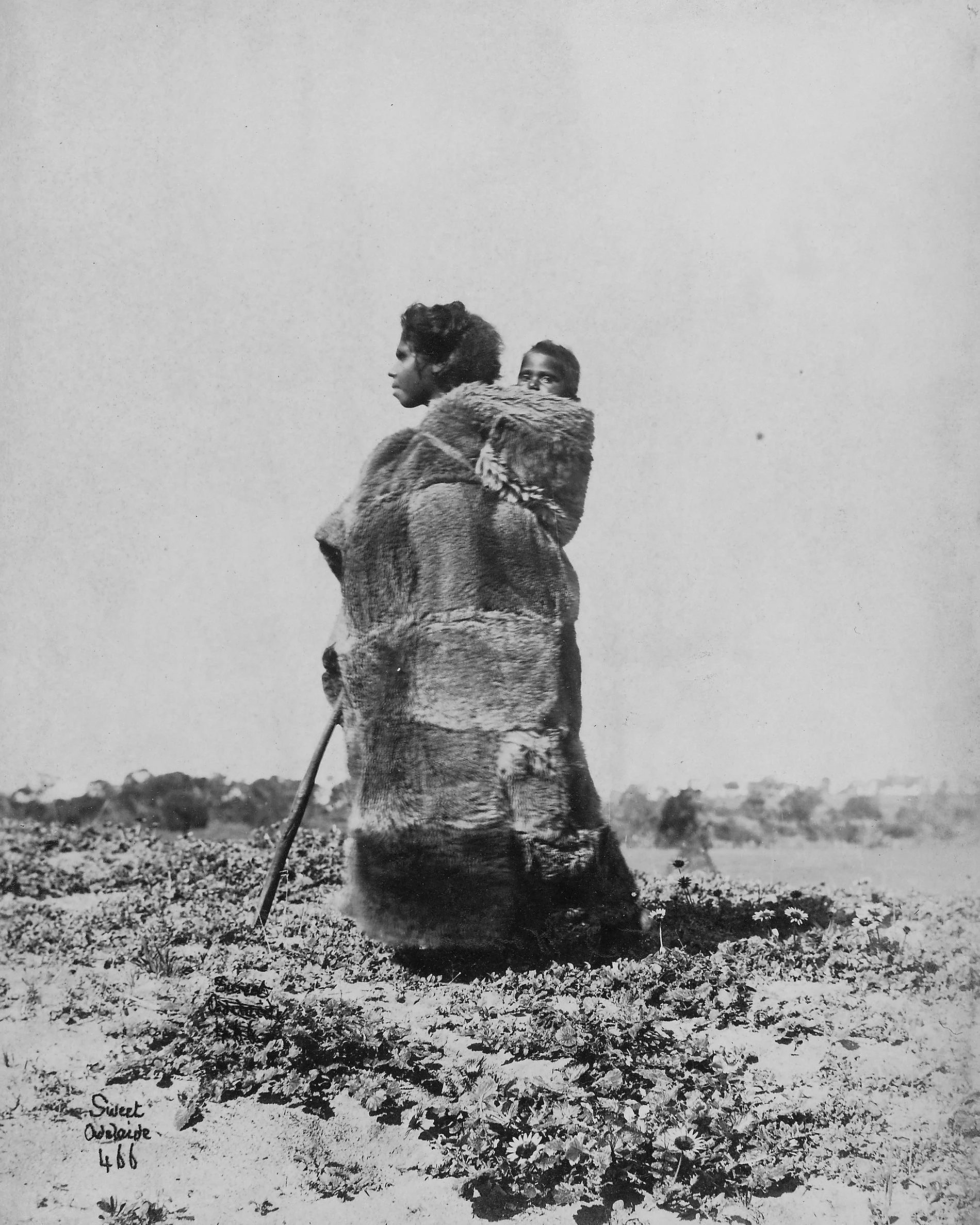
Aboriginal and Torres Strait Islander Peoples: Country, Kin, and Cloaks
For Aboriginal and Torres Strait Islander peoples, carrying a baby is a profound expression of connection to Country, kinship, and culture. These practices reflect tens of thousands of years of continuous care and an unbroken relationship with land and sea.

Māori of Aotearoa: Woven Whakapapa and Community Heart
For the Māori people of Aotearoa (New Zealand), carrying a baby is a deeply spiritual and communal act, embodying the concept of whakapapa — genealogy and connection to all who have come before. Babywearing practices here are woven from flax, family stories, and a profound relationship with land and community.
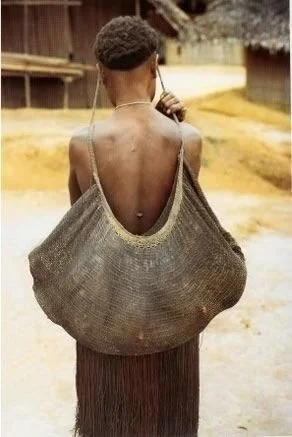
Papua New Guinea & Melanesia: String Bags and Forest Songs
In the lush, dense rainforests and island communities of Papua New Guinea and Melanesia, babywearing is a practice of deep practicality and profound cultural meaning. Here, carrying a baby means introducing them to the rhythms of forest life, clan identity, and the heartbeat of the land from the very start.

Siberia & the Russian Far East: Forest Cradles and Snowbound Journeys
The Indigenous peoples of Siberia and the Russian Far East live across some of the most remote and climatically challenging environments on Earth — from the taiga and tundra to mountainous river valleys and coastal regions. This vast and culturally rich region is home to dozens of unique ethnic groups including the Udege, Evenki, Nanai, Chukchi, Nivkh, Koryak, and Yukaghir peoples, among many others. Each group has developed its own ways of carrying children that reflect their connection to land, mobility, and materials at hand.

Central Asia, Mongolia & the Caucasus: Steppes, Sashes, and Cradle Songs
Across the vast grasslands and rugged mountains of Central Asia, Mongolia, and the Caucasus, the rhythms of nomadic life have shaped parenting practices for centuries. In these cultures, families have long relied on practical solutions to keep their youngest members safe and calm while tending herds, moving camp, or weaving textiles in felt-lined yurts and stone houses.
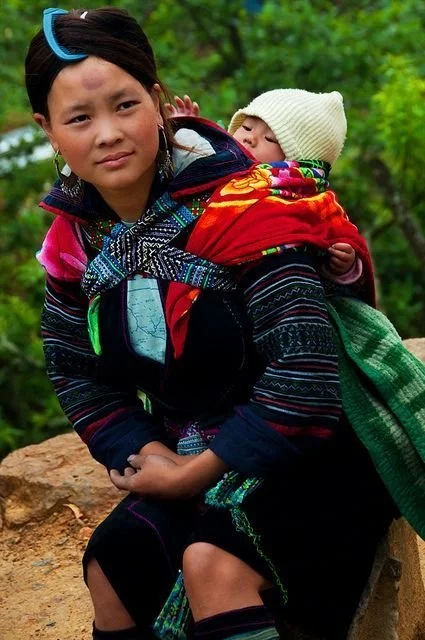
East Asia: Knotted in Silk and Memory
Across East Asia — including China, Japan, and Korea — babywearing traditions are beautifully woven into daily life, textile art, and the rhythms of close-knit family communities. Each region offers unique styles and deep cultural meanings, yet all share the central value of keeping babies close, safe, and included in every moment.
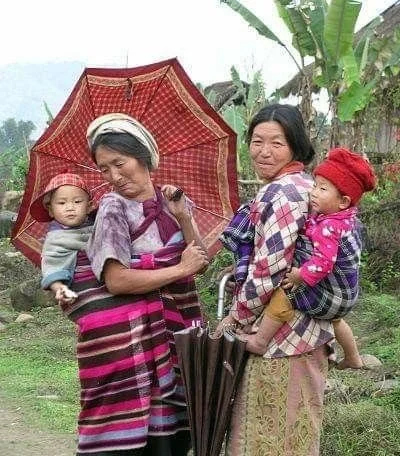
Southeast Asia: Batik, Sarongs, and Market Melodies
In the lush, humid landscapes of Southeast Asia, babywearing traditions are woven into the daily rhythm of life — a dance of practicality, artistry, and tender connection. Across Indonesia, Malaysia, the Philippines, Thailand, Laos, Vietnam, and beyond, mothers and caregivers have carried their babies for centuries using beautiful handwoven textiles, sarongs, batiks, and slings.
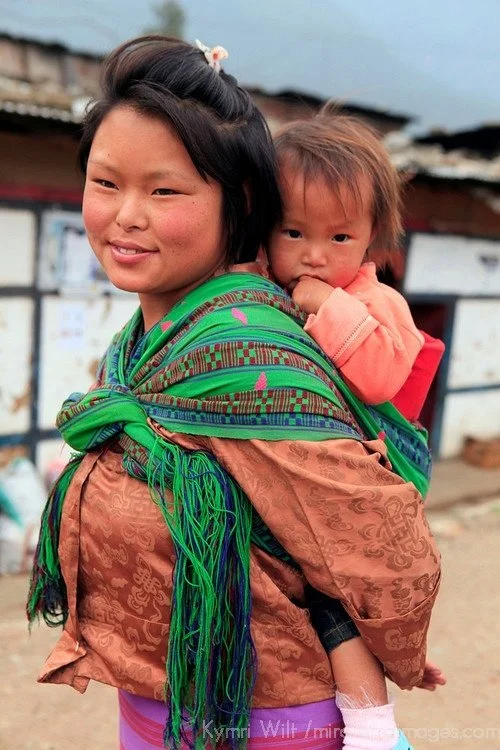
Himalayan Highlands: Woven Paths Above the Clouds
High in the rugged mountain ranges of the Himalayas, carrying a baby is not simply about transport — it is about survival, belonging, and deep spiritual connection. In this region spanning Nepal, Bhutan, northern India (including Ladakh and Sikkim), and Tibet, babywearing practices are shaped by harsh climates, steep paths, and tightly woven community life.
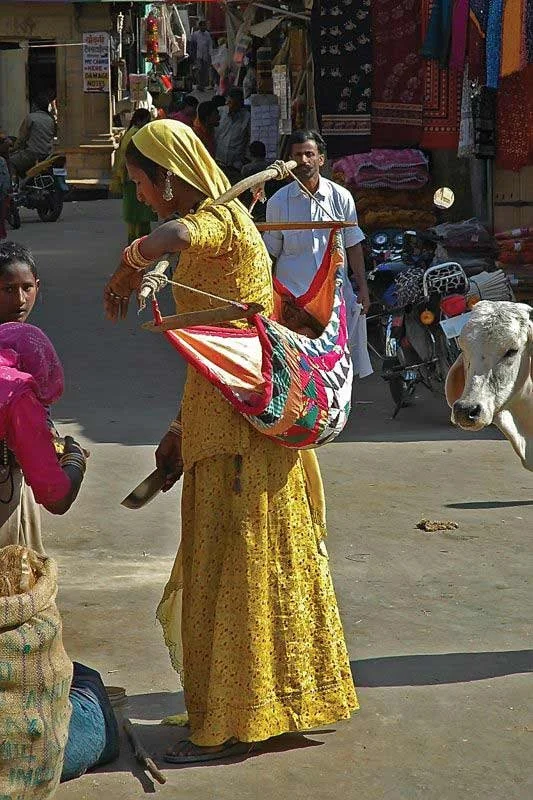
South Asia: Sari Ends and Sacred Threads
Across South Asia — a region encompassing India, Nepal, Bangladesh, Sri Lanka, Bhutan, and beyond — babywearing traditions are as diverse and vibrant as the people and landscapes themselves. These traditions often center around everyday cloths: saris, dupattas, shawls, and regional wraps that reflect centuries of artistry and practical wisdom.

Romani and Traveller Communities: Carried in Strength, Spirit, and Song
Across Europe and beyond, Romani and Traveller families have carried their babies not only in cloth, but in resilience. Through centuries of movement — sometimes by choice, often by force — the instinct to keep children close has never been lost. Woven into the fabric of daily life is a deep tradition of caregiving, where babies are held, slung, wrapped, and kept near as life moves forward.
This post honours the living, dynamic cultures of Romani and Traveller peoples — not as a single story, but as a collection of vibrant, diverse communities whose carrying practices reflect both cultural continuity and adaptation. We share these images with gratitude and respect, knowing that many representations of these families have been shaped by outsiders. Here, we aim to centre care, connection, and dignity.
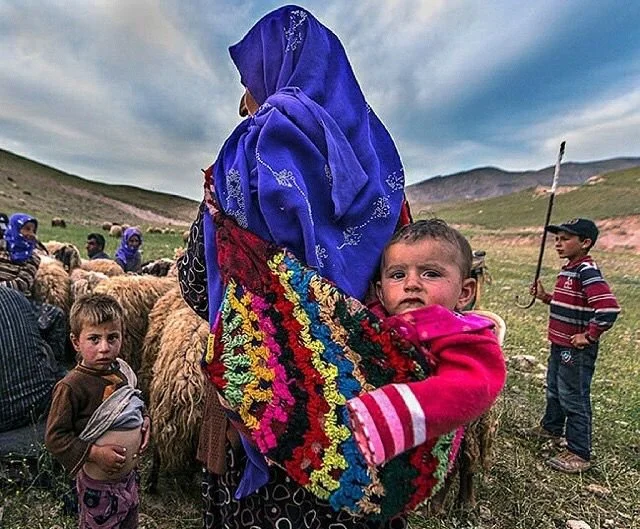
Middle East & North Africa: Stories in the Desert and Oasis
Across the vast stretches of desert, lush oases, and ancient cities of the Middle East and North Africa (MENA), carrying traditions are deeply intertwined with survival, modesty, and community connection. While less widely documented than in some other regions, these practices reveal a quiet resilience and adaptability shaped by nomadic life, harsh climates, and rich textile traditions.
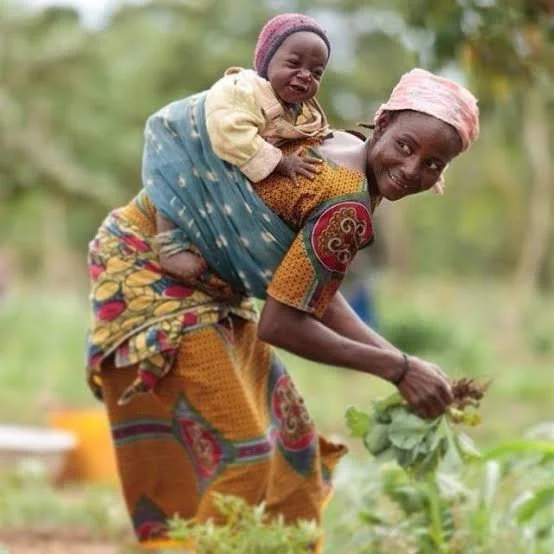
Africa: Carried in Bold Cloth and Song
In Sub-Saharan Africa, the art of carrying a baby is not merely a caregiving technique — it is an expression of community, connection, and continuity. In many African cultures, the community raises the child; the phrase "it takes a village" is not just a saying but a lived reality. The baby on a caregiver’s back is part of every rhythm: market days, farming, dances, family gatherings, and storytelling circles around the fire.

Holding the Threads of the Past: Babywearing, Hunter-Gatherers, and the Fragility of Traditional Ways
For most of human history, we lived as hunter-gatherers: small, mobile bands moving lightly across forests, plains, deserts, and coasts. In these worlds, babies were never left behind. They were carried close, wrapped against a mother’s back, nestled into the crook of an elder’s hip, or cradled in a sibling’s arms.
Our survival as a species depended on deep cooperation — a communal dance where everyone played a role in nurturing and protecting the youngest. Babies were part of every step, every gathering of roots and berries, every trek to water, every quiet watch under star-filled skies. They learned the language of the land through touch, warmth, and the soft hum of family voices.

Symbolism & Identity: Beyond Practicality
Across the world, baby carriers are far more than practical tools. They are vibrant symbols of identity, belonging, and love — intimate works of art that tell stories with every thread and knot.
In many Indigenous and traditional communities, carriers mark who you are and where you come from

Cultural Sensitivity and Appropriation in Babywearing
As babywearing continues to grow in popularity worldwide, it is essential to approach it with cultural sensitivity and deep respect. Carrying our babies close may be a universal human instinct, but the ways it is expressed — the designs, materials, and techniques — are deeply specific to each culture and often carry layers of meaning and identity that go far beyond practicality.

Modern Adaptations and Hybrid Designs
As global travel and communication have woven cultures closer together, babywearing has undergone an exciting transformation. New carrier designs have emerged, blending traditional wisdom with modern materials and ergonomic innovation.

The Heartbeat of the Village: The Importance of Babywearing for the Whole Community
In traditional societies around the world, the success and survival of the community have always depended on cooperative care. At the center of this woven support network is the simple, powerful act of carrying babies. Babywearing is far more than a method of transport — it is a living expression of shared responsibility, collective love, and the deep understanding that children belong not only to their parents but to everyone.

The Evolution of Babywearing: From Necessity to Modern Movement
In traditional societies, carrying babies is not a choice — it is a lifeline. Caregivers need to gather food, tend fires, travel long distances, and participate in daily life, all while keeping their babies close and safe.

Carriers as Art: Materials, Craft, and Heritage
Baby carriers have always been more than simple tools — they are works of art, living expressions of the places and people who create them. Across the world, caregivers have drawn on local materials and traditional techniques to craft carriers that are both practical and profoundly beautiful.
A Note on the Order of This Journey
This series follows a gentle, story-driven path around the world, inspired by the spirit of exploration rather than order or importance. Each culture and carrying tradition is equally honored and valued. The sequence chosen is meant to reflect a narrative flow — weaving together our shared humanity — not a ranking or historical timeline. Thank you for joining this journey with an open heart.
Want to follow the whole series?
A new post will go live every day from August 1 to September 11.
Subscribe via RSS to get each one automatically — no need to check back or rely on social media.
👉 https://www.southernnaturalparentingnetwork.org/around-the-world?format=rss
You can use a free app like Feedly to subscribe to this blog and get each new post from Around the World in a Baby Carrier automatically.
